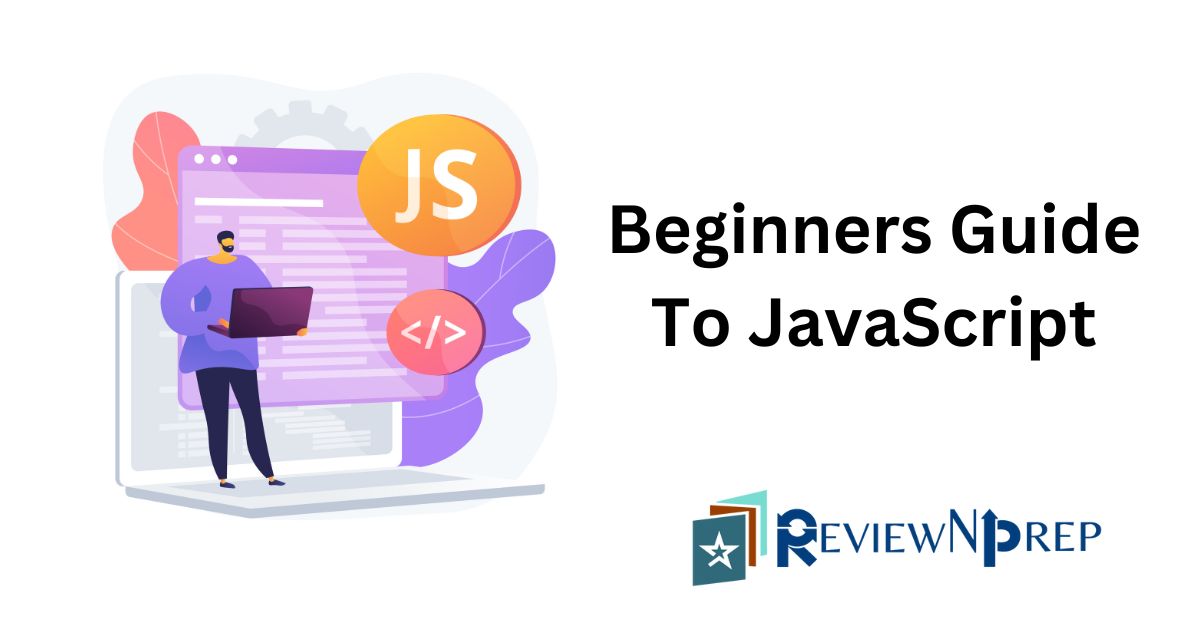|
|
JavaScript is a versatile and widely used programming language that plays a crucial role in web development and building interactive user experiences. For beginners, embarking on a journey to learn this core language can be both exciting and challenging. In this blog, we’ll explore five key tips to help beginners get started with JavaScript, from mastering the basics to building practical applications. Along the way, we’ll also provide relevant code examples and even create a small JavaScript app. Let’s dive in!
Table of Contents
1. Start with the Fundamentals
To build a strong foundation in JavaScript, begin with the basic concepts. Understanding variables, data types, and control structures is essential. Here’s an example of declaring a variable:
let greeting = "Hello, World!";
console.log(greeting);Study fundamental concepts like functions and objects. Functions are blocks of reusable code, and objects group data and functions together. Other core concepts include:
- Conditionals and loops
- Objects and arrays
- DOM manipulation
- Events and callbacks
Take your time to thoroughly understand these programming fundamentals before diving into advanced topics. A foundational understanding will make learning frameworks and libraries much easier later.
2. Get Comfortable with the Core Language
JavaScript is primarily a client-side scripting language. Focus on core language features, such as functions and objects. Learn about ES6 (ECMAScript 2015) features, such as arrow functions, which provide a concise way to write functions.
const add = (a, b) => a + b;
console.log(add(3, 4)); // Output: 7JavaScript is vital for creating interactive and dynamic user experiences, especially in mobile applications and web development. Familiarize yourself with the Document Object Model (DOM) to manipulate web page elements. Here’s a basic example of creating and appending an element using JavaScript:
const taskList = document.getElementById("task-list");
const newTask = document.createElement("li");
newTask.textContent = "Learn JavaScript";
taskList.appendChild(newTask);3. Use Online Coding Courses and Bootcamps
Consider enrolling in online coding courses or boot camps to gain structured knowledge and hands-on experience. These resources provide guided learning paths and assignments to help you build your programming skills.
Video tutorials are an excellent resource for visual learners. Many online platforms provide in-depth guidance on JavaScript concepts and practical coding experience. Consider following along with video tutorials to enhance your programming skills.
You can explore all the excellent coding video courses on ReviewNPrep. These courses are designed for every level of expertise – from beginners to an expert.
4. Practice with Coding Challenges
An effective way to improve your JavaScript skills is working through coding challenges and exercises. Sites like ReviewNPrep, FreeCodeCamp, and HackerRank have tons of challenges that allow you to practice JavaScript concepts by building mini-projects and solving problems. These hands-on challenges force you to apply what you learn.
5. Explore Developer Communities
Join developer communities where you can connect with other learners and experienced software engineers. Engaging in discussions and seeking help from the community can significantly enhance your coding experience.
Contribute to open-source projects on Github to gain practical experience and build a well-rounded portfolio. You can find projects related to web development, mobile applications, and more.
6. User Experience Matters – Build a Small JavaScript App
Now that we’ve covered these tips, let’s put them into practice by creating a basic “To-Do List” app using HTML and JavaScript. This project will help you apply what you’ve learned and build a small yet functional application.
<!DOCTYPE html>
<html>
<head>
<title>JavaScript To-Do List</title>
</head>
<body>
<h1>To-Do List</h1>
<ul id="task-list">
<!-- Tasks will be added here dynamically -->
</ul>
<input type="text" id="task-input" placeholder="Add a new task">
<button id="add-task">Add</button>
<script>
const taskList = document.getElementById("task-list");
const taskInput = document.getElementById("task-input");
const addTaskButton = document.getElementById("add-task");
addTaskButton.addEventListener("click", function() {
const newTaskText = taskInput.value;
if (newTaskText) {
const newTask = document.createElement("li");
newTask.textContent = newTaskText;
taskList.appendChild(newTask);
taskInput.value = "";
}
});
</script>
</body>
</html>In this example, we’ve created a simple HTML structure with an input field and a button. JavaScript is used to add tasks to the list when the “Add” button is clicked. This basic app demonstrates how JavaScript can be used to enhance user experiences.
Conclusion
Whether you’re interested in web development, mobile applications, or other coding challenges, JavaScript is a valuable programming language to master. With a complete understanding of JavaScript, you can develop mobile applications, create chat apps, and more, making a significant impact in the world of software engineering.
Learning JavaScript is an exciting journey that requires dedication and a desire to explore its versatile applications. By following these key tips and gaining a complete understanding of JavaScript’s foundational concepts, you’ll be well on your way to becoming a proficient JavaScript developer.
Remember to continue your learning journey by seeking out online coding courses, developer communities, and open-source projects to expand your skills and create a well-rounded portfolio.
By incorporating these tips and developing hands-on experience, you can build a well-rounded portfolio and embark on a successful coding journey. Good luck with your JavaScript adventures!
Happy coding!
Further Reading:
Starting your dev career? Check out this blog to understand Python vs Java Full Stack Development.

